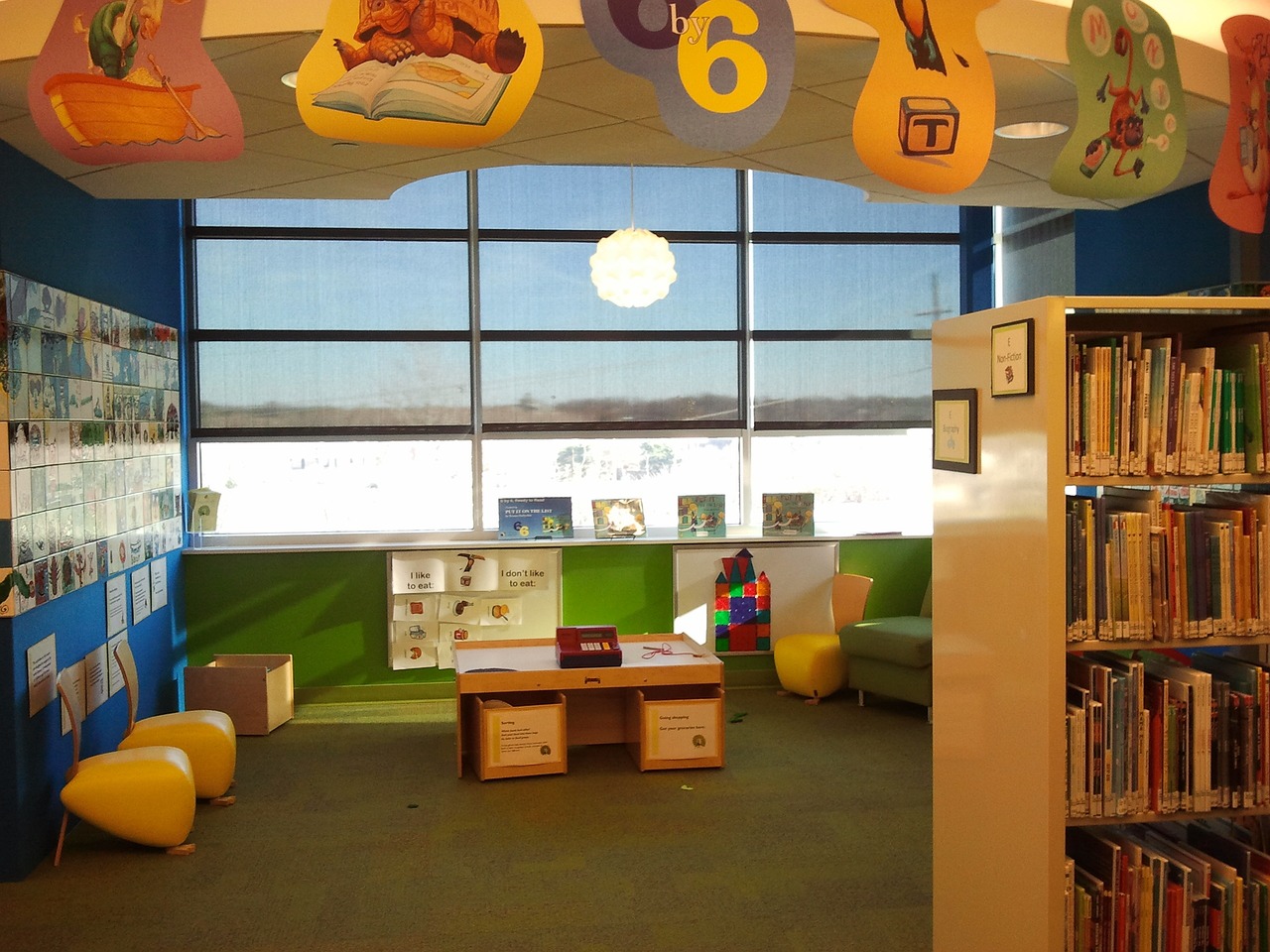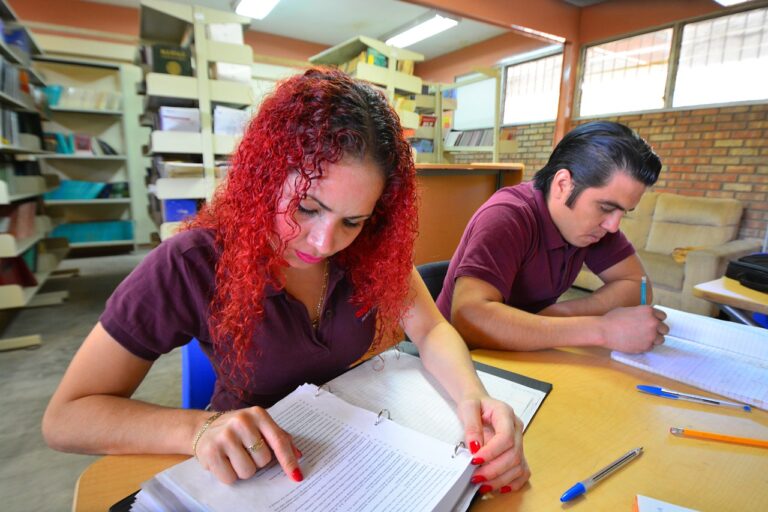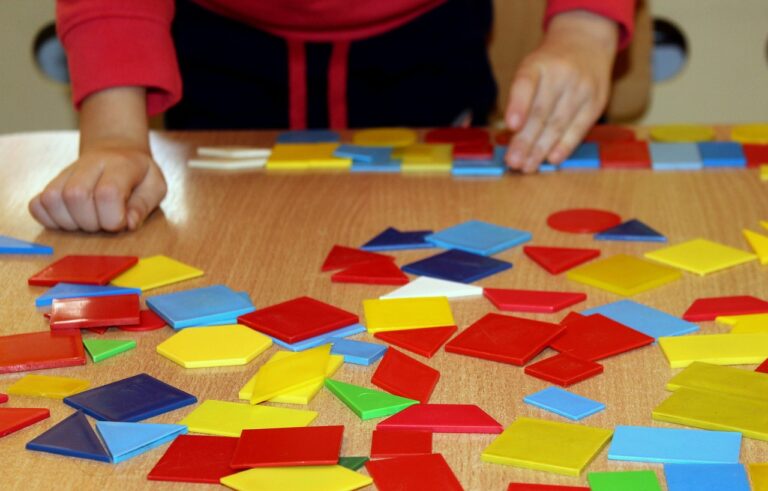Fostering Positive Teacher-Student Relationships: Building Trust and Communication in the Classroom
Building trust in teacher-student relationships is vital for fostering a positive learning environment. When students trust their teachers, they are more likely to engage in the learning process, ask questions, and seek help when needed. This trust creates a foundation for open communication and mutual respect, which are essential for academic growth and personal development.
In addition, trust between teachers and students can lead to increased motivation and a sense of belonging in the classroom. When students feel supported and valued by their teachers, they are more willing to take risks, express themselves authentically, and explore their full potential. Ultimately, building trust in teacher-student relationships is not just about academic success, but also about creating a supportive and nurturing community where students feel empowered to learn and grow.
• Trust in teacher-student relationships fosters a positive learning environment
• Students are more likely to engage, ask questions, and seek help when they trust their teachers
• Open communication and mutual respect are built on a foundation of trust
• Trust can lead to increased motivation and sense of belonging in the classroom
• Students feel supported and valued by teachers, leading to willingness to take risks and explore potential
Effective Communication Strategies for Enhancing Relationships
Building strong teacher-student relationships is crucial for fostering a positive learning environment. One of the key components in forming these relationships is effective communication. When teachers and students communicate openly and respectfully with each other, trust and understanding are nurtured. This leads to increased engagement in the classroom and stronger academic performance.
Effective communication involves not only speaking clearly and listening actively but also being approachable and empathetic towards students. Teachers should actively seek feedback from their students and provide constructive criticism in a supportive manner. By creating a safe space for open dialogue, teachers can address any issues or concerns that students may have, ultimately strengthening the bond between them.
Creating a Supportive Classroom Environment
Creating a supportive classroom environment is essential for fostering a positive learning experience for students. When students feel supported and valued, they are more likely to engage in the educational process and achieve academic success. To create this environment, teachers can implement strategies such as promoting inclusivity, providing emotional support, and encouraging collaboration among students.
In a supportive classroom environment, it is important for teachers to actively listen to their students, address their individual needs, and offer encouragement and praise regularly. By creating a safe space where students feel comfortable expressing themselves and taking academic risks, teachers can empower their students to reach their full potential and develop a love for learning. Building trust and showing genuine care for each student cultivates a sense of belonging and motivates students to participate actively in the classroom.
Why is building trust in teacher-student relationships important?
Building trust in teacher-student relationships is important because it creates a safe and supportive environment for learning. When students trust their teacher, they are more likely to engage in classroom activities, ask questions, and seek help when needed.
What are some effective communication strategies for enhancing teacher-student relationships?
Some effective communication strategies for enhancing teacher-student relationships include active listening, providing feedback, and showing empathy towards students. It is important for teachers to communicate openly and honestly with their students to build strong relationships.
How can teachers create a supportive classroom environment?
Teachers can create a supportive classroom environment by establishing clear expectations, fostering a sense of community among students, and providing positive reinforcement. It is also important for teachers to be approachable and available to support students both academically and emotionally.





